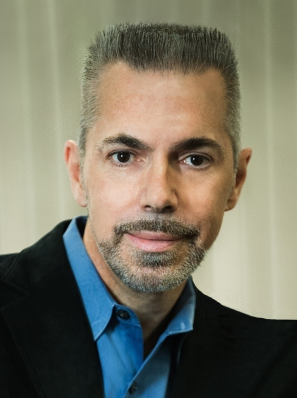By Young Chung, Irina Klimanskaya, Sandy Becker, Tong Li, Marc Maserati, Shi-Jiang Lu, Tamara Zdravkovic, Dusko Ilic, Olga Genbacev, Susan Fisher, Ana Krtolica, and Robert Lanza
To date, the derivation of all human embryonic stem cell (hESC) lines has involved destruction of embryos. We previously demonstrated that hESCs can be generated from single blastomeres (Klimanskaya et al., 2006). In that ‘‘proof-of-principle’’ study, multiple cells were removed from each embryo and none of the embryos were allowed to continue development. Here we report the derivation of ï¬ve hESC lines without embryo destruction, including one without hESC coculture. Single blastomeres were removed from the embryos by using a technique similar to preimplantation genetic diagno- sis (PGD). The biopsied embryos were grown to the blastocyst stage and frozen. The blastomeres were cultured by using a modiï¬ed approach aimed at recreating the ICM niche, which substantially improved the efï¬ciency of thehESC derivation to rates comparable to whole embryo derivations. All ï¬ve lines maintained nor- mal karyotype and markers of pluripo- tency for up to more than 50 passages and differentiated into all three germ layers.
To read this entire article, please download the PDF version here.













